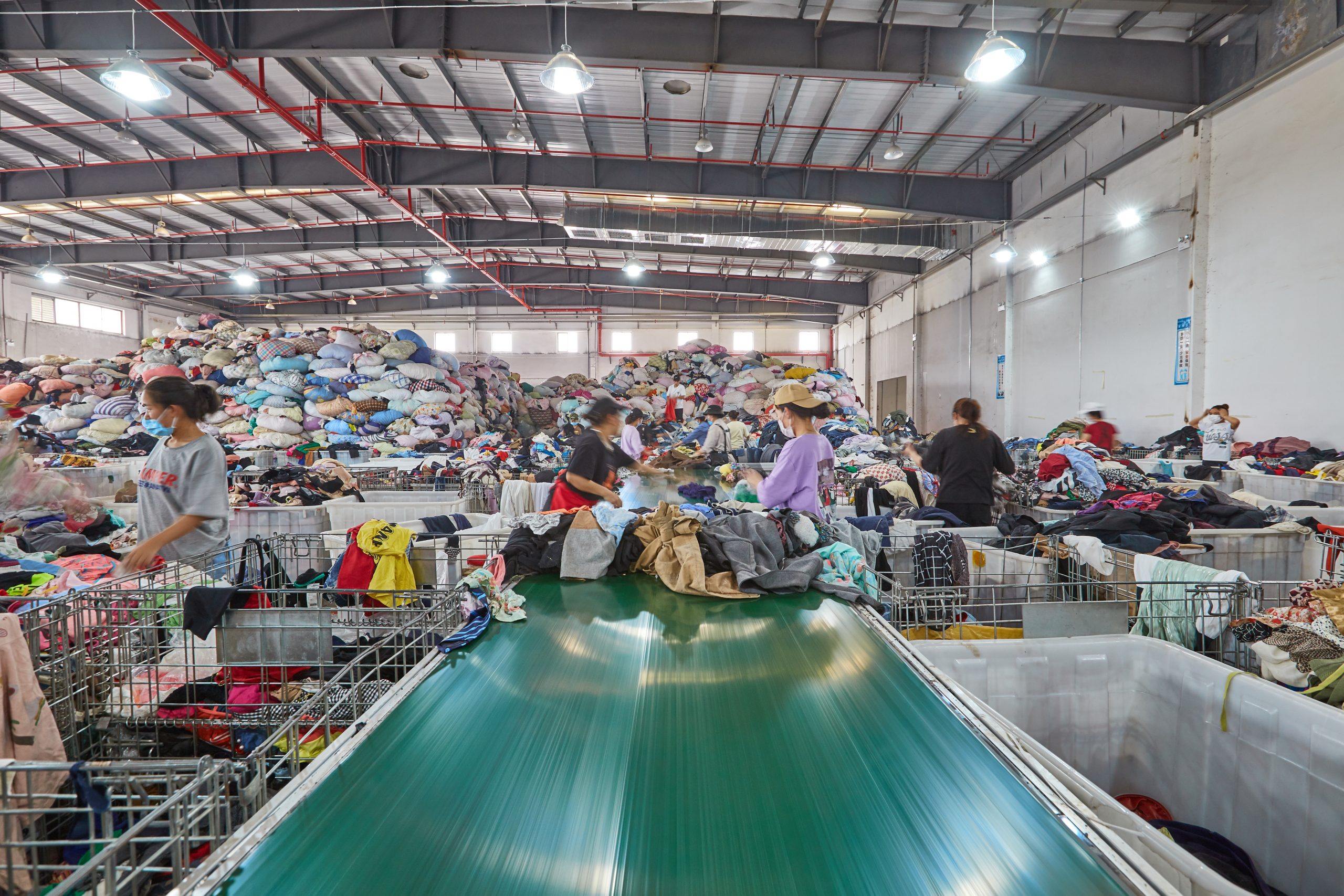
12
Jul
Sorting standards for second hand clothes
With the increasing awareness of environmental protection and the continuous development of the circular economy, second-hand clothes have gradually become the focus of people’s attention.Second-hand clothes can not only be recycled, reducing waste of resources, but also providing consumers with more choices.However, sorting of second-hand clothes is particularly important in the process of circulation.Jiangsu Jinmao is discussing the sorting standards of second-hand clothes with a view to promoting the healthy development of the second-hand clothes market.
First of all, the sorting of second-hand clothes should be based on the basic condition of the clothes.This includes the integrity of the clothing, the degree of stains, damage, etc.Complete clothing, especially those without obvious stains and damage, should be regarded as high-quality second-hand clothing.For clothes with stains or slight damage, they should be cleaned and repaired before being sold.For clothing that is severely damaged or cannot be repaired, it should be recycled to avoid secondary waste.
Secondly, the sorting of second-hand clothes should also consider the brand and style of the clothes.Well-known brands and fashion styles of clothing are often more favored by consumers, so they should be classified separately and given higher pricing.
In addition, the size and suitability of clothing are also important factors to consider when sorting.By segmenting the size and suitability of the population, the individual needs of consumers can be better met and sales efficiency can be improved.For example, separate children’s clothing from adult clothing, or classify clothing suitable for people of different ages.
Finally, the sorting of second-hand clothes should also pay attention to environmental protection and sustainability.In the sorting process, environmentally friendly materials and energy-saving technologies should be used as much as possible to reduce the impact on the environment.At the same time, for clothes that cannot be sold, reasonable recycling and disposal methods should be sought to avoid waste of resources and environmental pollution.
In summary, the sorting criteria for second-hand clothes should take into account the basic condition, brand and style, size and suitability of the clothes, as well as environmental protection and sustainability factors.By formulating scientific sorting standards, the operational efficiency and sustainable development capabilities of the second-hand clothing market can be improved, and consumers can be provided with a better shopping experience.
